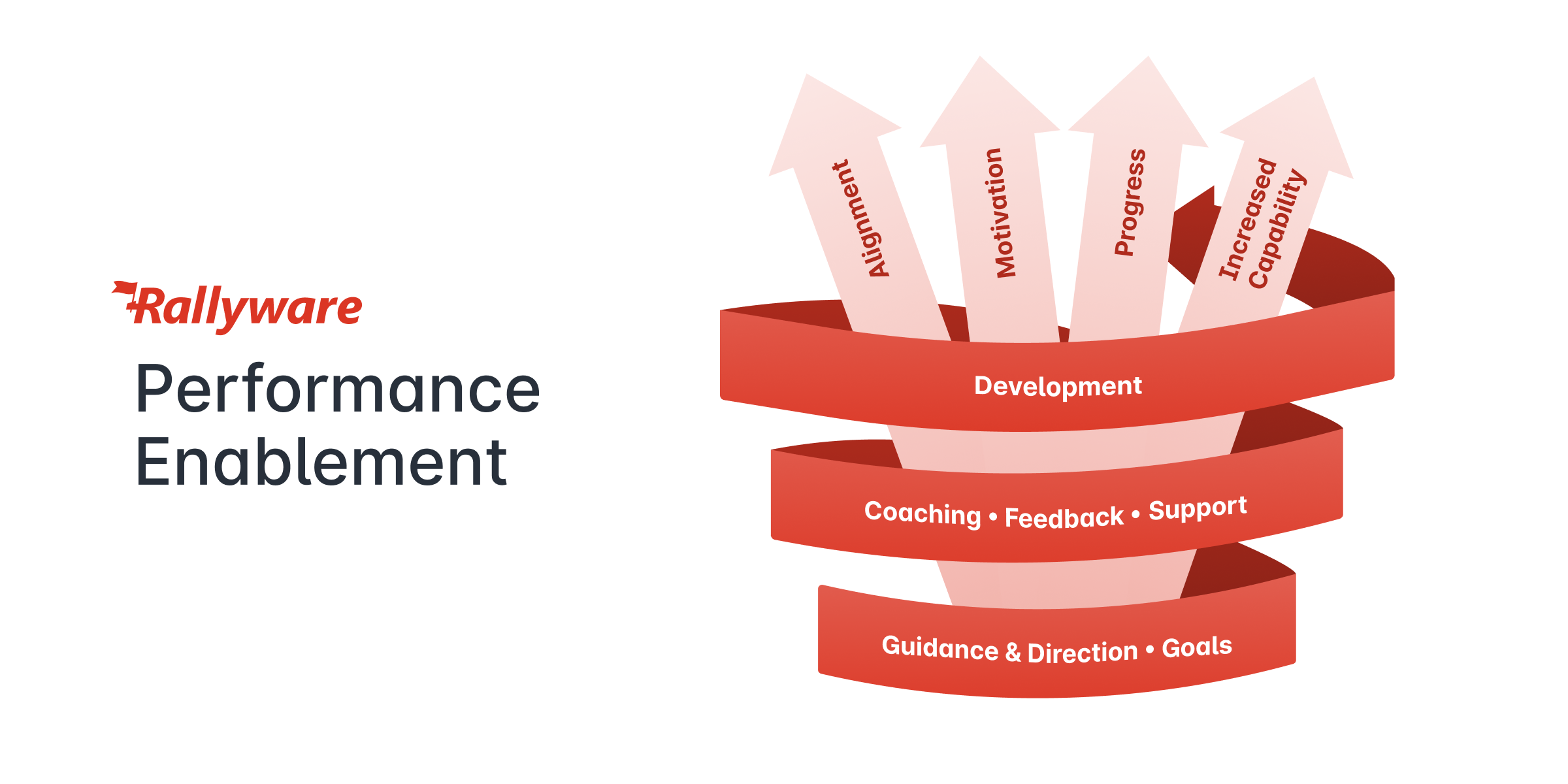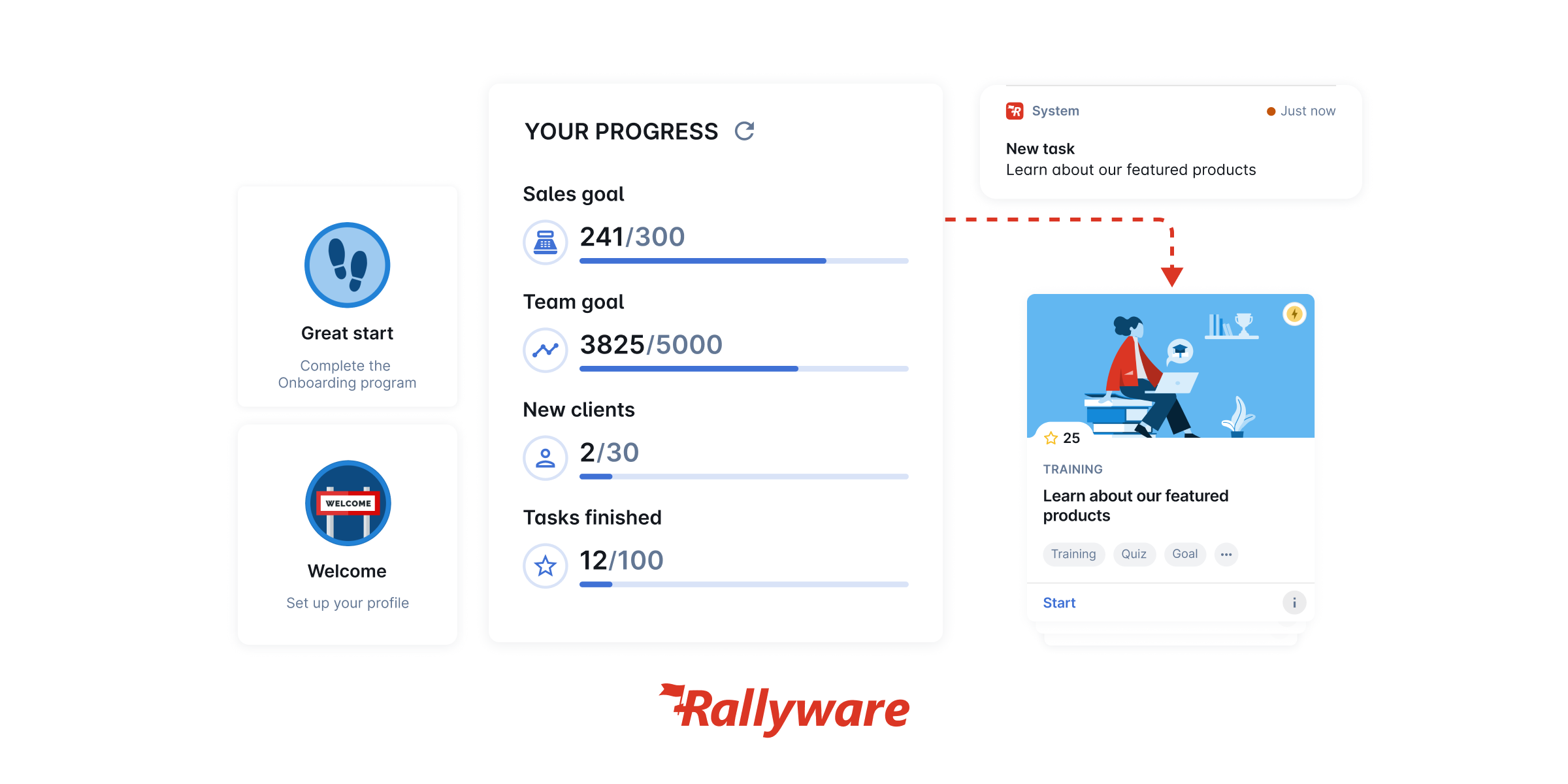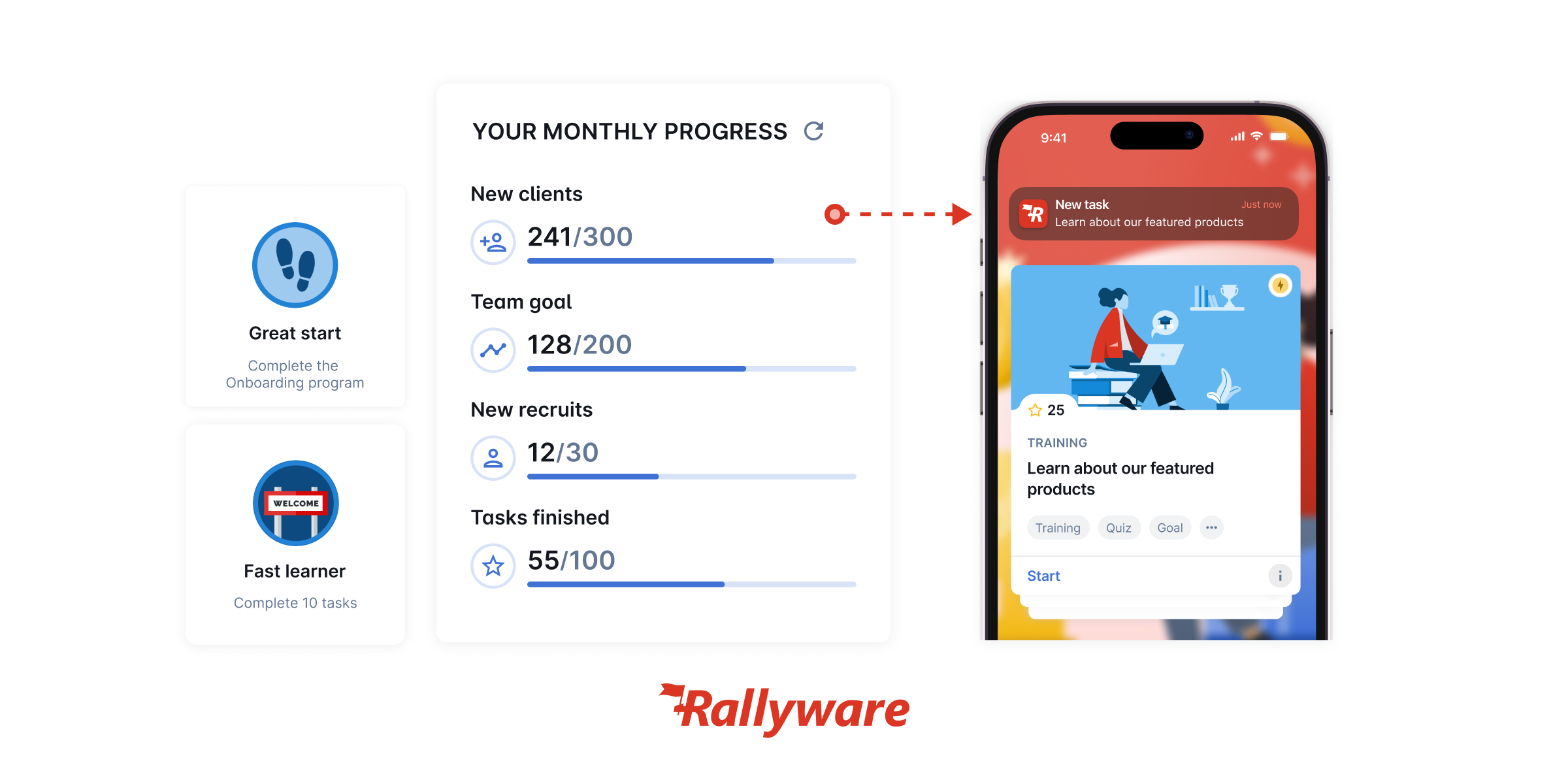The Importance of Infusing Humanity into Direct Sales Training in an Era of AI and Automation
The Future of Productivity: Pillars of Performance Enablement for 2023
As opposed to workforce management software, performance enablement platforms are a relatively new category in the world of business software, made necessary by a number of realities challenging businesses today. They’re even starting to upstage and replace traditional workforce analytics software. Before we delve into the 3 pillars of performance enablement for 2023, let’s take a look at some of the forces driving the need for this paradigm shift in workforce technology and strategy.
What Is Workforce Analytics Software? Workforce Management Software?
Workforce analytics software is a tool or platform that helps organizations to collect and analyze data about their workforce. The software can be used to analyze a range of factors, including employee productivity, absenteeism, turnover rates, and more. Workforce analytics software can help organizations to gain insights into their workforce and make data-driven decisions about talent management, recruitment, training, and development.
Some common features of workforce analytics software include data visualization tools, predictive analytics, benchmarking capabilities, and reporting dashboards. By using this software, organizations can optimize their workforce and improve business outcomes by making informed decisions based on the data. All in all, workforce analytics software is a valuable tool for any organization that wants to better understand its workforce and make data-driven decisions to improve its performance.
Workforce management software is slightly different. It helps organizations manage and optimize their workforce. This software is designed to automate and streamline tasks related to training, learning, workforce rewards and recognition, and resource allocation.
With this software, organizations can efficiently allocate resources, reduce costs, improve productivity, and ensure compliance with laws and regulations.
One of the key benefits of workforce management software is that it can help organizations optimize their workforces based on current market conditions, if the platform is capable of tracking corporate KPIs. The software can also help organizations to identify areas where training or upskilling may be necessary to improve performance.
The Context for Performance Enablement Software vs. Workforce Management Software
The labor market has been out of balance since COVID-19 sent the world into a tailspin. The Great Resignation saw folks leaving their jobs in droves — according to the Bureau of Labor Statistics, open jobs outnumber job seekers by nearly 4 million! — creating huge and ongoing labor shortages.
On top of the scramble to attract and retain workforce, economic headwinds like inflation and the threat of recession are leading executives to take long, hard looks at their spending. Many of them are finding that they’re hemorrhaging money on maintaining legacy tech stacks of one-off applications. The time for consolidation is nigh.
That brings us to performance enablement platforms. In some ways, they’re updated of traditional workforce management software. These are all-in-one, integrated applications which house all distributed workforce needs in one single sign-on experience. The key to their revolutionary power, however, is not just in consolidation but real time enablement. Performance enablement platforms drive performance continuously upward by triggering and reinforcing the most productive behaviors. PEPs surface the right action at the right time for the right person, targeting specific gains in productivity in real time using data from multiple consolidated tools to maximize personalization, and thus outcomes.
So what are the 3 pillars at the foundation of this transformative new performance enablement software? How does it bring us beyond workforce management software? Let’s dig in.

1. Personalized goals connected to KPIs and company vision
According to SHRM, “The foundation of performance enablement is setting the context—providing the guidance and direction on what is most important for the company and why it is important.”
Traditionally, companies set vision through things like meetings and culture exercises. Engagement with such methods is hard (if not impossible) to measure. A one-size-fits-all approach to motivation is of dubious efficacy and leaves employees on their own to understand how their personal goals connect and contribute to the company vision. According to Deloitte, 52% of employees feel that recognition isn’t aligned to organizational goals.
PEP personalizes and automates this process by connecting performance data directly with KPIs, creating a dynamic user journey every step of the way. With KPIs as the north star of the path to completion, every action a user takes is toward both their personal goals and the company’s KPIs. Each task PEPs surface, from upskilling to reskilling to business activities, is enriched by performance data. That means all work is purposeful— no time is wasted or unaccounted for.

2. Personalized support for meeting goals via real time activity triggers
SHRM goes on to elaborate that the need for PEP goes beyond just personalizing goals in relation to company vision, but providing personalized support for meeting those goals via real time activity triggers: “Managers improve performance through coaching, feedback and other types of support including removing obstacles to success. This coaching activity is a critical and often missing piece.”
You can think of PEP’s feedback and activity triggers as a personal performance coach for every employee. PEPs provide continuous feedback about goal progress and task completion via visualizations and leaderboards. This kind of feedback and guidance is crucial for goal completion— setting goals is, of course, of little value if employees are unable to complete them, and in fact can have the opposite effect, harming productivity via decreased morale and motivation.
By breaking down goals into achievable micro-tasks, employees are continuously supported and engaged. There’s no confusion about how to meet benchmarks, and employees are motivated to keep going. Data from Rallyware supports the efficacy of this streamlining: in an analysis of 2.4M data points for 285K users, completed personalized activities increased distributed workforce productivity by 21.8%.

3. Relevant L&D optimized for engagement beyond workforce management software
The final pillar of the 3 pillars of performance enablement is relevant L&D optimized for engagement. Again, from SHRM, PEP offers “an ongoing effort to develop the skills, careers and experiences of workers. This is an important part of the framework because organizations improve long-term through developing their people.”
The key differentiator here between PEP and older paradigms is purpose. The “classical” model of Learning Management Systems (LMSs) and Learning Experience Platforms (LXPs) simply engage the workforce on the organization’s terms, telling the end user, “This is what the company thinks you should do next.”
This could be called learning for learning’s sake, simply to educate the workforce. Rather than this model of technology delivery, which enables from the top-down, using directives based on company success, companies need a model which entices the workforce toward higher KPI achievement on the basis of their personal success. This is what PEP offers, for those businesses ready to take it.
With smart automation that drives productivity, engagement, customer retention and service, and other core business KPIs, Rallyware enables the future of work for the distributed workforce. Click here to schedule a demo.
News and Insights on Workforce Training & Engagement
We’re among top-notch eLearning and business engagement platforms recognized for effective training and talent development, helping to empower distributed workforces
Subscribe
